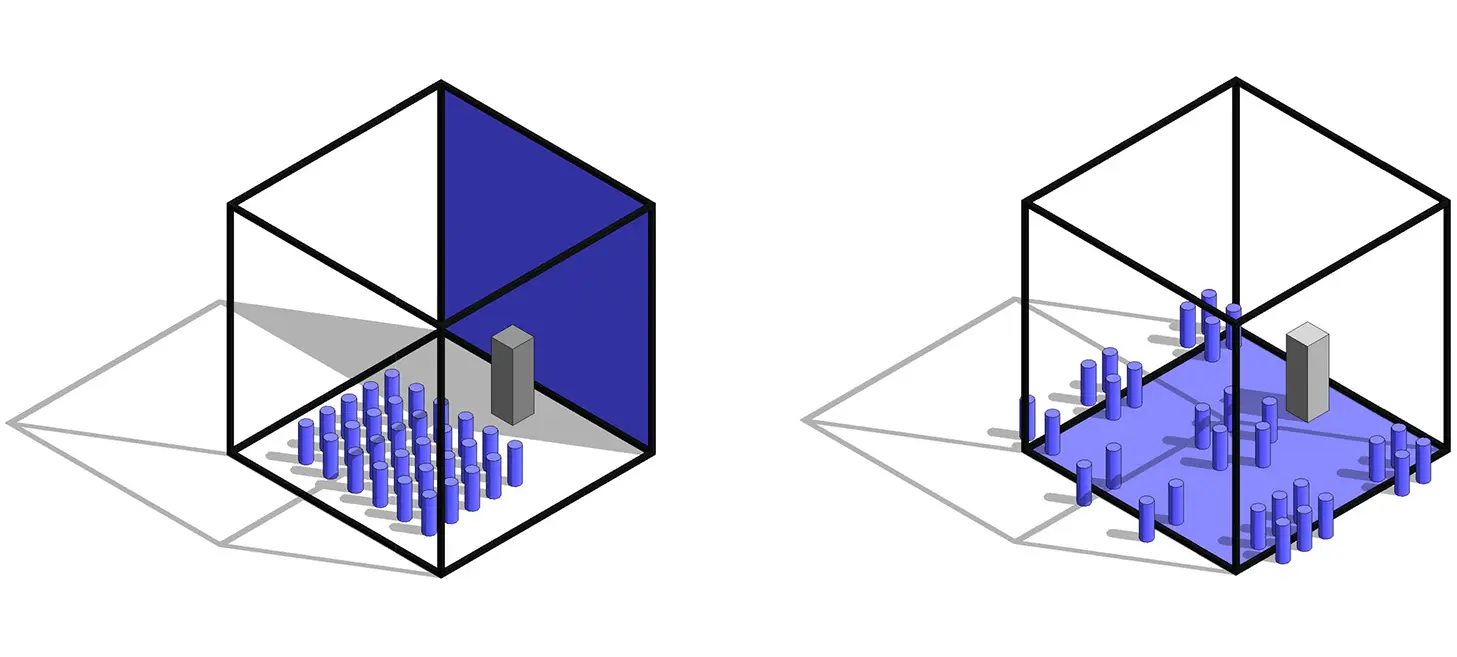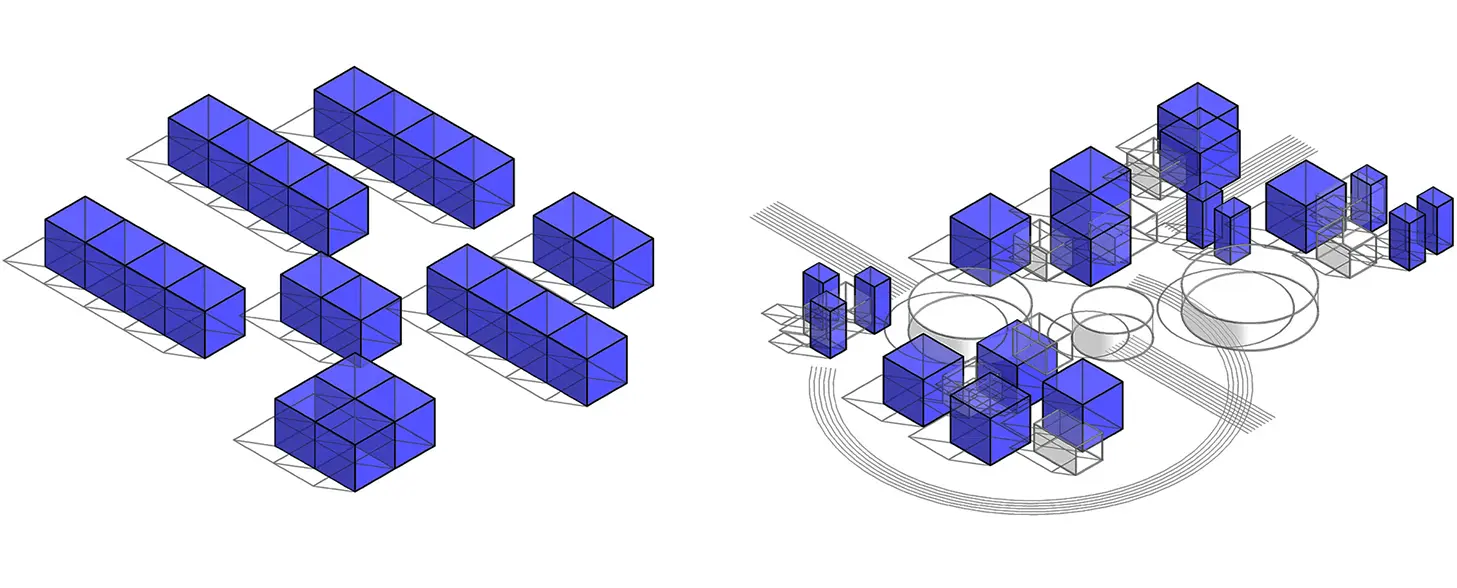
In February I attended Learning Environments Australasia’s Afternoon with Stephen Harris, held at St Peters Lutheran College on Schools of the Future. Stephen is an educator and innovator, and the Co-Founder and Director of Our Dream School, Barcelona.
Throughout the evening some progressive points were raised and I have been reflecting on them and what they mean for us as specialists in education design.
He opened with a problem, “the problem with education in Australia is that we do mediocre really well. Our current education system believes that examinations and assessments are the only way to judge a child’s work.”
He used the bushfire crisis as an example. Some areas of Australia had year 12 students completing final exams in safety and air conditioned comfort, while others, at schools in bushfire paths that were surrounded by smoke and blaze and at risk of burning down. How are these two circumstances comparable in an exam scenario? How can we expect to compare the exam results from these two contrasting environments?
The answer is that we can’t. Perhaps the answer is that we begin to move past our current method of pedagogy, a faculty centred educational system founded in exam culture, towards one of heutagogy, a transformative system which teaches students how to learn and gain the competencies and skills they need for their selected field.
The case of moving forward from pedagogy to heutagogy
Heutagogy was first defined in 2000 by Stewart Hase and Chris Kenyon as a form of self-determined learning, the benefit of the heutagogical approach is it teaches lifelong learning by allowing students to negotiate the learning process.
In the traditional pedagogical style, the teacher is the lead and the primary source of knowledge, and they decide what the students will learn and how. In the heutagogical style, the teacher is the support or guide, that encourages students to determine a problem or area of lacking knowledge, reflect on the problem in-depth, determine actions to solve the problem and then lastly reflect on the path that was taken.
The course design elements of heutagogy can include:
- Reflective journaling
- Action Research which allows learners to experiment with real-life situations
- Formative and summative assessment
- Collaborative learning (Blaschke, 2012).
McAuliffe, Hargreaves, Winter and Chadwick (2008) proposed the following principles of heutagogy:
- Knowing how to learn is a crucial skill
- Educators focus on the learning process rather than content
- Learning goes beyond specific discipline
- Learning occurs through self-chosen and self-directive action
This approach shifts focus to the process of learning rather than a means to an end. The learner is now at the centre of the learning process so we see high degrees of cognitive and meta-cognitive skills develop as a result, such as innovation, creativity and self-direction.
In short, pedagogy is objective based and heutagogy is capability-based, shifting students towards a mindset of lifelong learning to improve their employability and career progression.
How architecture can support this shift in learning
Now that we understand the transformation to heutagogy, what does this mean for educational architecture and our roles as designers? What does this mean for the physical building fabric of our schools and how do we need to design our places of education to foster and facilitate this transformation?
The physical environment of our schools is important because it either compliments or subtracts from the learning environment. Our school buildings control basic human requirements such as air-flow and sunlight, they provide space for individual or group work, shared work zones, connection between classrooms, indoor and outdoor teaching, the flexibility for changing technology, and so on. But is this enough?
Heutagogy indicates a need to shift away from teacher run classrooms and garden variety 60m2 30 kid 1 teacher general learning area towards something completely different. But what is that something different and how do we need to design our places of education to foster and facilitate this transformation?
While I don’t profess to have the answer, my current thinking is that it needs to be a staged response.
Stage 1 - The Classroom
The heutagogical approach acknowledges that knowing how to learn is a crucial life skill, so the focus needs to be on the learning process, not the content. This suggests the need to move away from the teacher being the head of the classroom and move towards an inward-facing zone-based layout. White boards and other usual learning focal points would be replaced by individual resources for each student to use in the design and navigation of their classroom tasks.
Flexibility in the use of space exists to support the delivery of individual resources for students through open planning and flexible furniture. In this stage we begin to see connectivity, both connectivity between the classroom environment and outdoor environments, and also to other classrooms both physically and technologically.

Stage 2 - The Block
Soon, the typical block layout will not be enough. Realistically, one teacher in a class of 20-30 students will not have the resources or capacity to oversee a personalised curriculum for each student. So in the second step of the transformation we look at the whole block, creating larger zones and a choice of learning opportunities through a flexible curriculum with different educators offering a range of workshops.
We also start to see changes happening in the resources and spaces available to educators in order to support the students. The physical staff spaces change to facilitate collaboration and technology develops to allow linking in with external experts and educators. It is important to emphasise the change in the educators space as equally as important as the change in the learners space in order to facilitate the transformation.

Stage 3 - The School
The final step is an expansion of the methods laid out in step two, only on a larger scale. Here we say goodbye to year level grades and set buildings and home rooms, and move towards completely flexible and customised learning.
Tests and examinations are a thing of the past as we create an environment where students of differing stages and abilities can learn in an environment that suits their learning needs, instead of conforming and compromising to fit within the box of the current pedagogical system.
Educators are brought in as experts or linked in from abroad to offer specialised classes and every student is provided with a choice of curriculum with unique and personalised timetables. Dream school status is achieved, and we succeed in the transformation, creating a supportive and connected learning community.
By considering the school as a whole we lift the limits of the traditional ‘classroom’ and begin to encompass additional spaces into the learning environment such as natural landscape, neighboring bushland, the broader community in which the school campus lies. By considering the school as a whole, and not as a repetitive cluster of classrooms of the same type, we gain freedom to establish a wider variety of learning spaces for the benefit of both the student and educator.

So imagine we have reached stage 3 and that the transformation was a success, the dream school has been realised and the path of the Australian education system has been changed forever. One problem still remains. What do we do with all these static old ‘school buildings’? The ones, that for one reason or another, were not transformed into dream school campuses.
As Stephen aptly pointed out, blocks of 60m2 classrooms will easily convert to retirement village apartments, resolving our nursing home crisis, housing our ever-growing population of aging Australians.
Essentially solving the problems of two sectors through one transformation.
About the Author
Grace Arezio is part of our Brisbane education design team and has taken a particular interest in helping schools achieve a healthier, productive and more sustainable school environment for students and staff.
UP NEXT






























